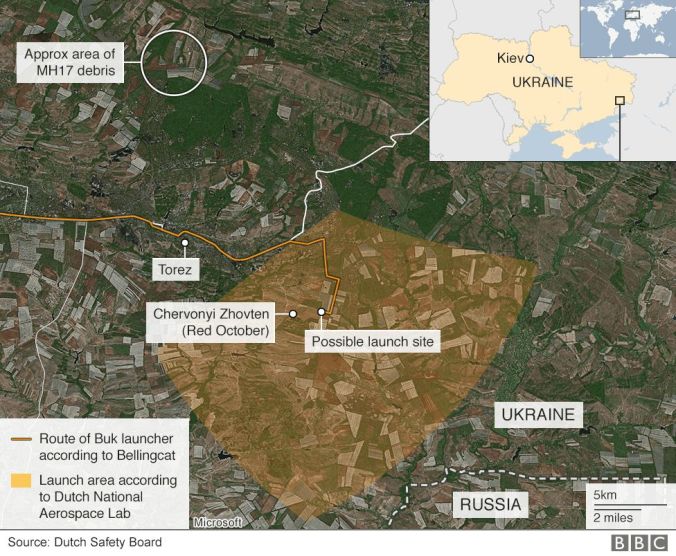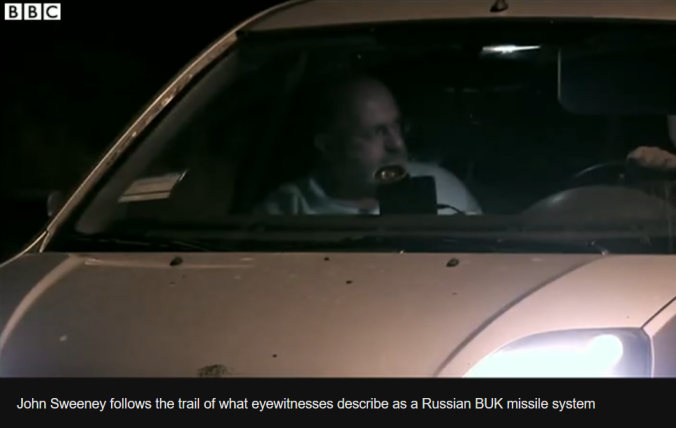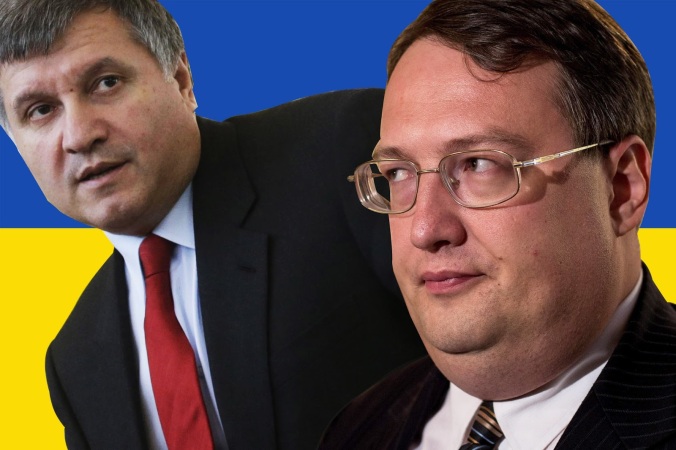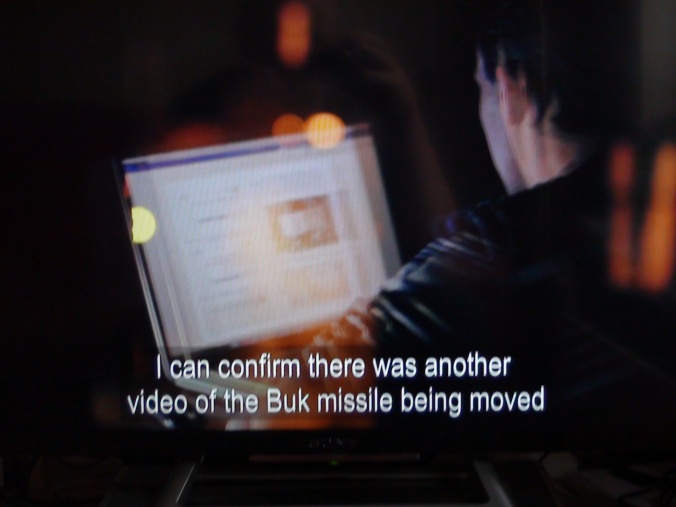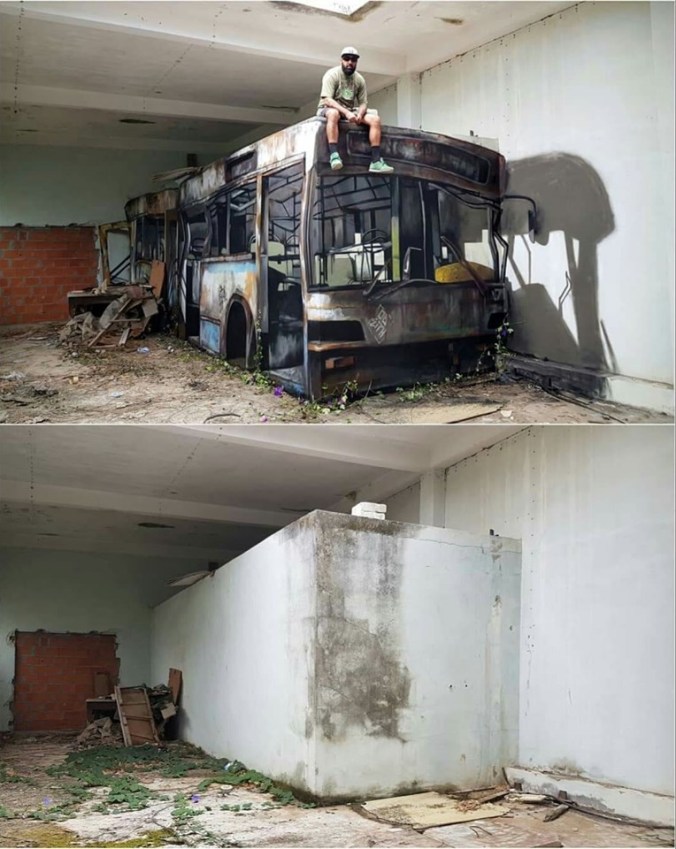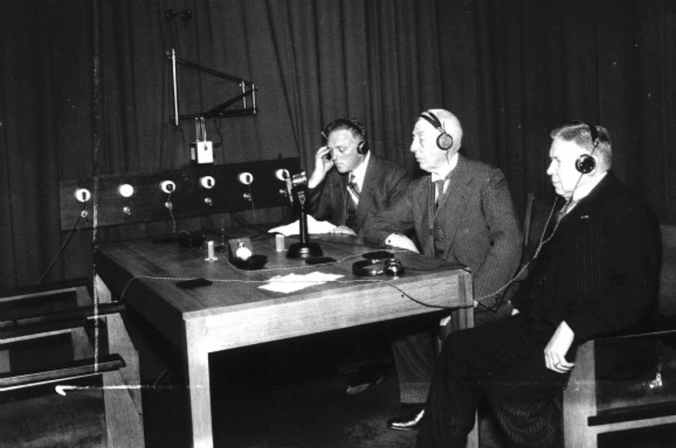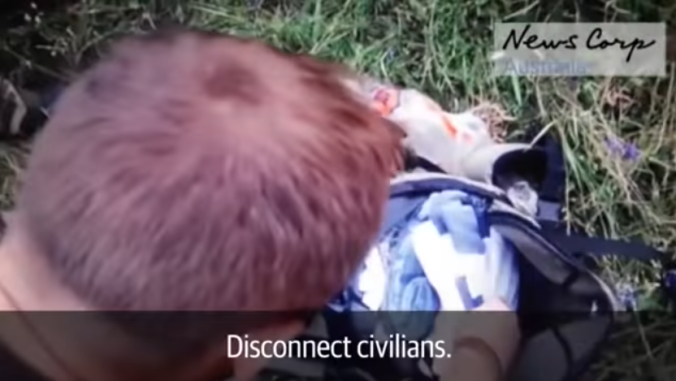PART I International Criminal Law and Interventionist Justice By Kees van der Pijl
Part II MH17 and Open Source Intelligence: The SBU and Its Volunteer Intelligence Unit By Hector Reban
Part III MH17: Thousand days By Max van der Werff
Appendix: Problems of the track-a-trail narrative, a critical look at the social media evidence
Part 1 – CONTENTS
1.1. Introduction. The MH17 Trial as Political Theatre 2
1.1.1. Legal Bases of the Prosecution 5
1.1.2. The Hallmarks of a Show Trial 7
1.1..3. The ‘Integrity Initiative’ and the anti-Russia Campaign 10
1.2. From Outlawing War to ‘Humanitarian Intervention’ 18
1.2.1. The UN Charter and Nuremberg 19
1.2.2. The Vietnam Tribunal: Salvaging the Nuremberg Legacy Privately 21
1.2.3. Human Rights and Intervention 23
1.3. The NATO Intervention in Yugoslavia and the Yugoslavia Tribunal 29
1.3.1. The International Criminal Tribunal for the Former Yugoslavia 32
1.3.2 Extradition, Trial and Death of Milošević 35
1.3.3. The ICTY Precedent 38
1.4. The Rwanda Tribunal and the International Criminal Court 41
1.4.1. Rwanda and the Inculpation of Africa 41
1.4.2. The International Criminal Court (ICC) 48
1.4.3. A Return to Nuremberg? Malaysia’s War Crimes Tribunal 51
1.5. Lockerbie and Libya 54
1.5.1 The Lockerbie Trial in the Netherlands 56
1.5.2 Aftermath 58
1.6. International Criminal Justice and the Historical Record 61
References 64
Part 2 – CONTENTS
2.1. MH17 and Open Source Intelligence: A Suspicious Narrative 4
2.1.1. Methodological Limitations 5
2.1.2, Social media, OSINT and the JIT 6
2.1.3. The ‘Mounting Evidence’ Trap 10
2.2. The First Sightings of a Buk: Who Supplied The Images? 11
2.2.1. Dajey Petros, the SBU, and the Videos From Zuhres and Snizhne 11
2.2.2. The Strange Sourcing of the Paris Match and Makiivka Images 24
2.2.3. The Fear-of-Reprisal and the Need-for-Secrecy Theories 31
2.2.4. A Witness Account from an Associated Press Journalist 33
2.3. The Special Propaganda Unit of the Kiev Interior Ministry 39
2.3.1. Buk Witnesses 40
2.3.2. The Launch Plume Photo: Involvement of Anton Gerashchenko 44
2.3.3. A Triumvirate and Their Special Operations Militia 48
2.3.4. The SBU Surveillance Network in the Torez/Snizhne Area 57
2. 3.5. The Ukrainian Propaganda Machine: Manipulation Galore 60
2.4. The Donbass Buk—Phantom or Fact? 67
2.4.1. Some Observations about the Buk Trail Evidence 68
2.4.2. Evaluating the Buk Trail Sources 73
2.4.3. Established Media and Witness Accounts 88
2.4.4. JIT Fingerprinting and the Call for Convictions 96
2.5. The JIT, the SBU and the Intercepted Calls 102
2.5.1. JIT and SBU 104
2.5.2. Framing the ‘Main Scenario’ 109
2.5.3. Intercepted Calls: Markers and Edits 124
2.5.4. More Keywords and Triggers 131
2.5.5. Text Editing—Example: Khmuryi/Botsman (#12) 138
2.5.6. The “Buk” Tapes: DPR Disinformation? 144
2.5.7. The Disinformation Theory and its Implications 151
2.5.8. Indictments and the ICJ Case 155
2.5.9. A Political Game Surrounding the Intercepts 170
2.6. The Support from the Dutch Safety Board 174
2.6.1. Political Interference with the Investigations 175
2.6.2. The DSB Final Report 177
2.6.3. Criticism of the Findings 188
2.6.4. Other Parties Involved: US and Ukraine 193
2.6.5. Ukraine Off the Hook 206
